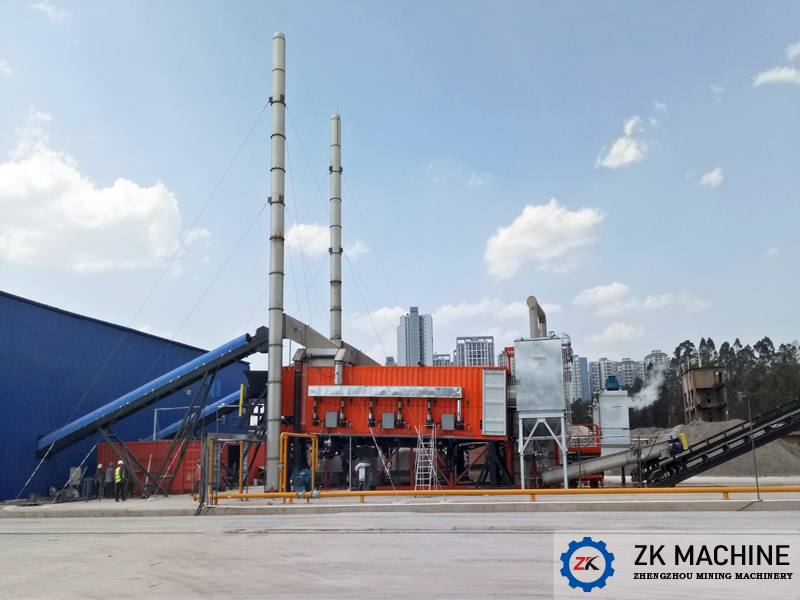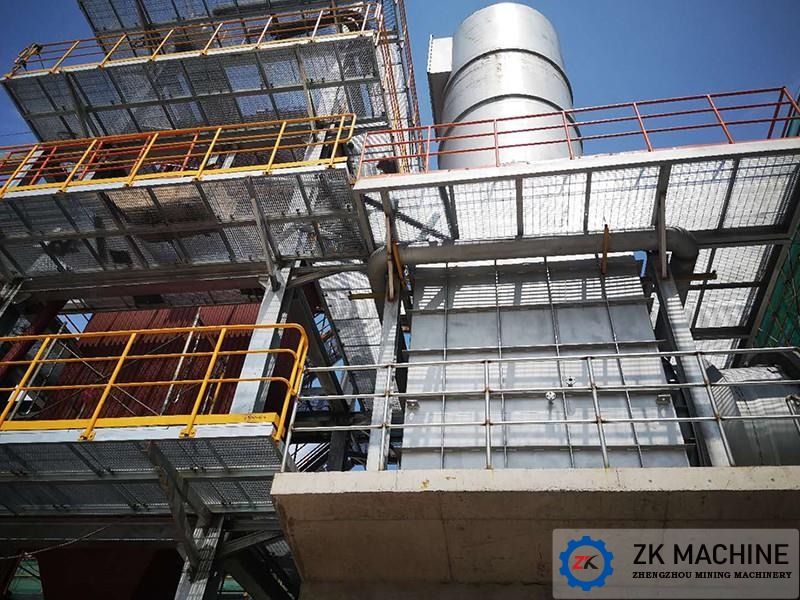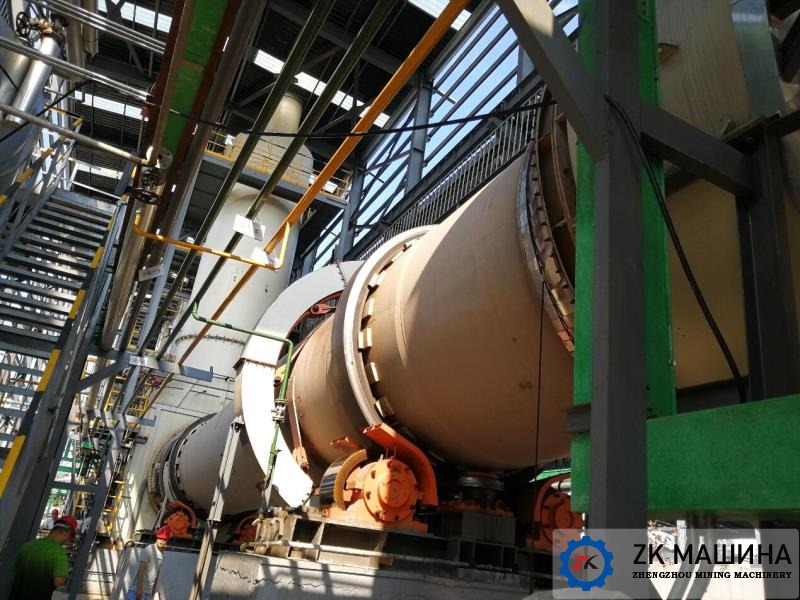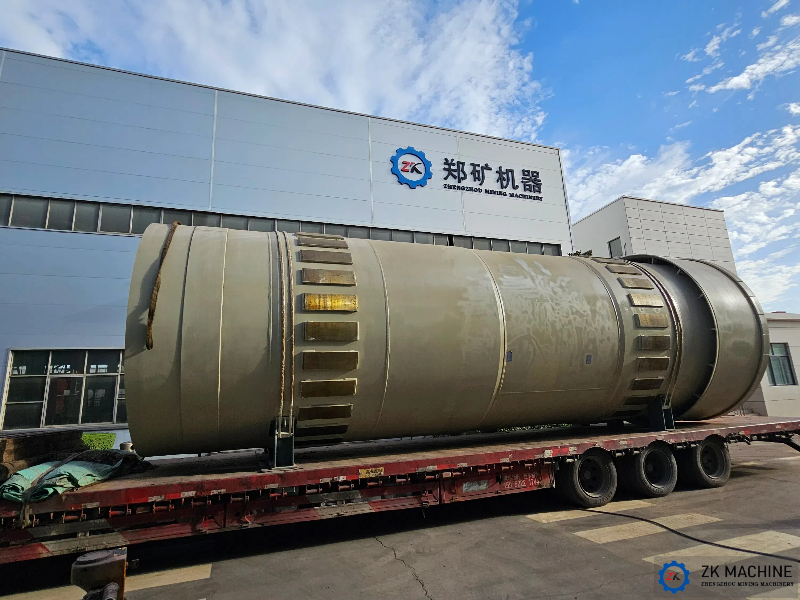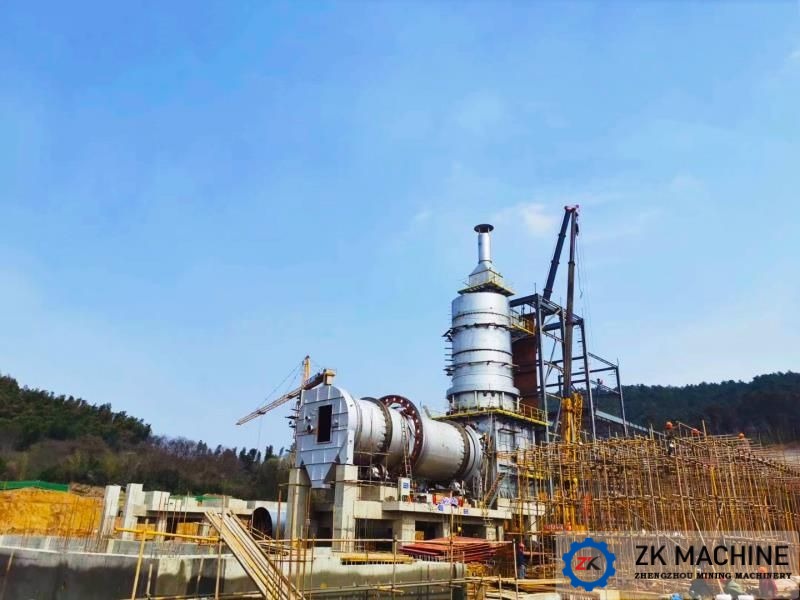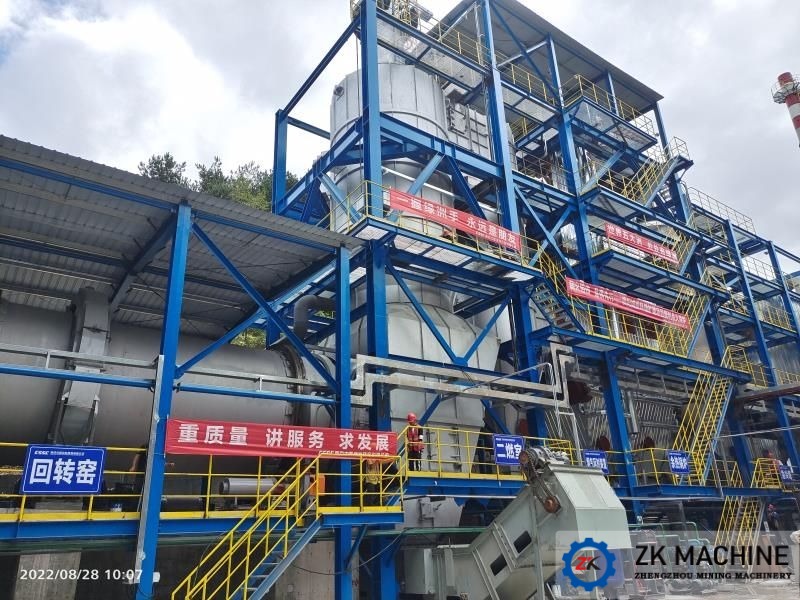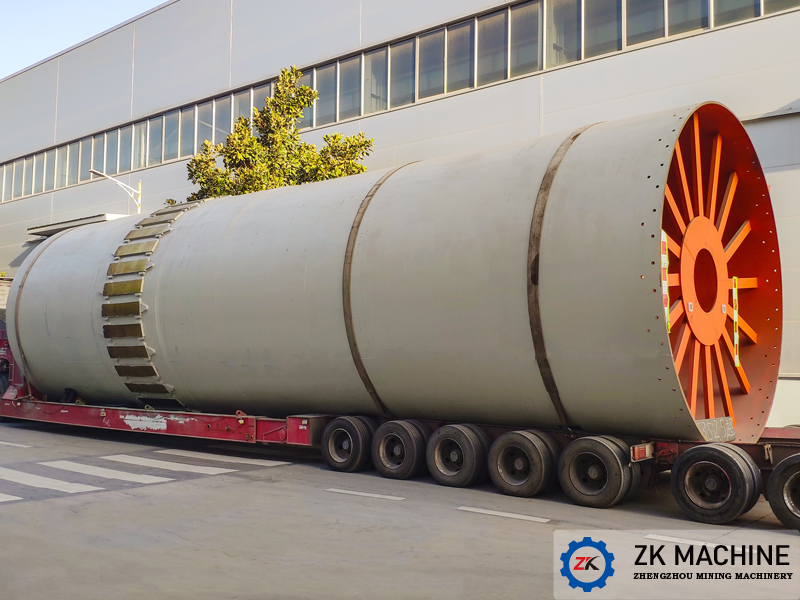SOIL REMEDIATION SYSTEM
Capacity: 10-100 tons/day
Main equipment: rotary kiln, secondary combustion chamber, heat exchanger, etc.
Application fields: pesticide factory sites, ore polluted sites, lead-zinc mine polluted sites, chemical plant polluted sites, coking plant polluted sites, petroleum polluted sites
Contaminated soil remediation is a technical measure based on physical, chemical, biological, and ecological principles, and artificial regulation, to reduce the concentration (activity) of soil pollutants, to achieve harmless and stable pollutants, and to achieve detoxification effects. .

